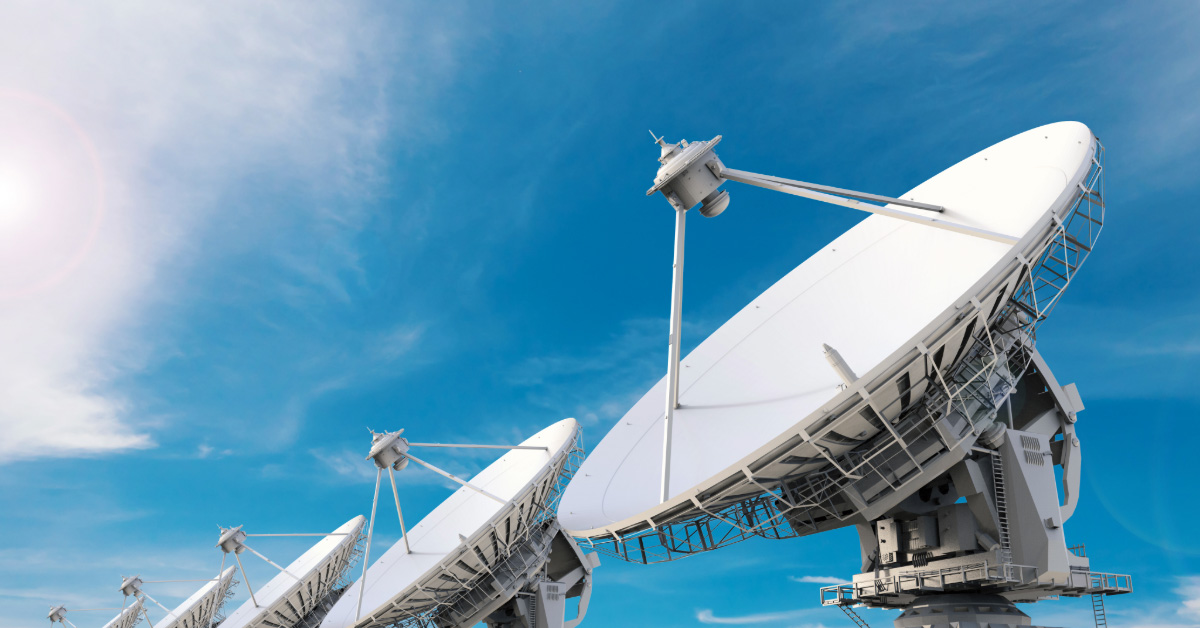
Starlink isn't stealing customers from operators
Starlink isn't stealing customers from operators. It's making their business model obsolete.
There's an article on Ars Technica describing panic at AT&T, Verizon and even Apple over Starlink's plan to connect smartphones directly from satellites. The industry reads it as a battle for coverage in dead zones. Classic mistake: looking at the finger instead of the moon.
This isn't a battle. It's an architectural paradigm shift disguised as a consumer feature.
Paradigms don't shift. They invert.
This wouldn't even be the first time telecoms architecture has flipped. TV was satellite, then it moved to fibre, rendering fleets of telecom satellites useless and forcing operators to invent new uses for that expensive hardware in orbit. Now we might see the reverse: connectivity that was terrestrial (fibre, towers) becoming satellite.
The pattern is always the same: what was the advanced solution becomes obsolete when a technology with different economics emerges. And assets that seemed impregnable transform into liabilities to manage. The difference this time is the speed and scale.
The structural problem of traditional operators
For decades, power in telecoms has been synonymous with physical infrastructure: towers, fibre, exchanges. An expensive castle dominating defined territories. That castle is now their ball and chain.
Systems optimised for stability are fragile in the face of paradigm shifts. Traditional operators perfected the art of building terrestrial networks when geography was the primary constraint. Every process, from logistics to technical training, calibrated on this model. Their greatest asset, that physical infrastructure, has become a monumental fixed cost preventing agility. They can't "move" into space. They're anchored.
The economic asymmetry is brutal: Starlink's marginal cost to serve a new user in a remote Montana valley is essentially zero. The satellite's already there. For AT&T, building a tower serving a few dozen people costs millions. They can't win this war because their cost model is tied to population density and geography. Starlink's isn't.
The invisible architecture: the real game
The smartphone service is the Trojan horse needed to finance and scale the infrastructure. The real long term objective isn't people; it's machines.
A global connective tissue, low latency, designed for the next generation of automated economy. Tesla autonomous cars requiring redundant, omnipresent connectivity that terrestrial 5G will never guarantee globally. Billions of IoT devices monitoring supply chains. High frequency financial transactions where every millisecond counts. This is the trillion pound market. Phone subscriptions are just the funding round.
There's also a hidden geopolitical dynamic: a single network managed by a single company operating globally from space directly challenges the national regulatory model that's governed telecoms for a century. Spectrum allocation laws, data localisation regulations, governmental control over critical infrastructure: all up for question. Starlink isn't asking each nation's permission to build towers on their soil. It's transmitting from the sky, creating a de facto supranational infrastructure.
Apple's dilemma
Even Apple is in a precarious position. Not because of the technical quality of its emergency satellite service with Globalstar, which is inferior, but for deeper strategic reasons.
Apple sells a closed ecosystem, a "walled garden" where every element is controlled to guarantee perfect user experience. The problem arises when connectivity ceases to be a scarce resource and becomes an omnipresent commodity. Apple's ecosystem value derives from its reliability and integration, which shine where competing technology fails. But if connectivity becomes a reliable, universal utility, value shifts from hardware to the application using that connectivity. Apple risks becoming a supplier of luxury terminals on a network it doesn't control.
The emerging pattern
What we're seeing isn't competition for an existing market. It's SpaceX, having achieved near absolute dominance in one field (launch economics), using that cost infrastructure as a weapon to invade an adjacent industry. They're not playing the same game as traditional operators. They're making their chessboard irrelevant.
Operators can only hope to carve out niches in ultra high density areas or become resellers of a service they don't control. Apple must decide whether it wants to own a piece of this new infrastructure or limit itself to building beautiful interfaces for it.
Physics still imposes severe bandwidth constraints, and political and regulatory resistance from incumbents will be fierce. But the direction is clear: we're witnessing an attempt to build a private infrastructure of planetary scale, a nervous system for the world operating above national borders.
The real question isn't whether our phones will connect to satellites, but who will write the rules of this new power architecture.